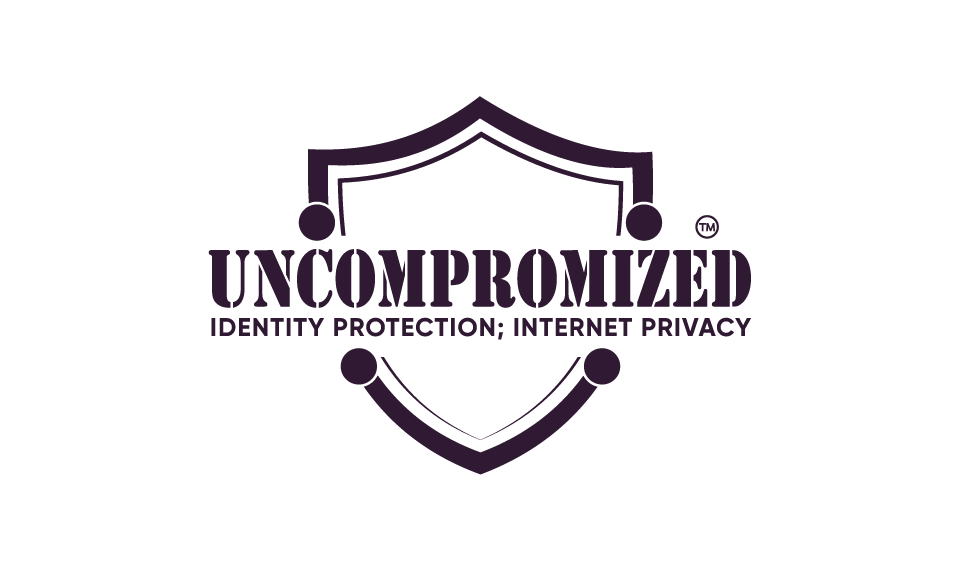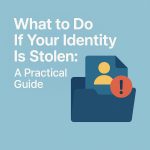Let’s be honest: kids are amazing. They can figure out new tech faster than you can say “parental controls,” and they’re more connected than ever. But when it comes to cybersecurity? Your little digital natives might be opening doors you didn’t even know were locked.
Here’s the thing—most cyber threats don’t start with complicated hacks. They start with a single click. And if you’ve got a curious 9-year-old clicking every colorful pop-up and downloading every “free” game, you’ve got a problem. Not because they’re reckless, but because they’re, well… kids.
The Digital Playground Isn’t Always Safe
Kids today live online—whether they’re gaming, scrolling, or doing homework. But just like you wouldn’t drop them off at a real playground full of strangers without supervision, you shouldn’t do it in the digital world either.
Here are just a few ways your child might (unknowingly) put your whole household at risk:
- Free games & sketchy downloads: Many free games and apps are funded by ads or, worse, bundled with malware. Kids looking for the latest Minecraft skin pack may end up installing a keylogger instead.
- Sharing too much: Kids can be incredibly open online. Oversharing names, schools, birthdays, and even home addresses can give cybercriminals everything they need for identity theft or phishing scams.
- Falling for phishing: If an email from a “game developer” promises free in-game currency, many kids won’t hesitate to click—and type in login info, credit card numbers, or worse.
- Weak passwords & reuse: Let’s not pretend “unicorn123” or “gamer2008” is a secure password. And if they’re using the same one across school accounts, email, and your shared Netflix account… uh-oh.
Real-Life Risk: It’s Not Just About the Kids
A child’s mistake online doesn’t just affect them—it affects the whole family.
Here’s how a simple action can escalate:
Your daughter installs a game she found on a YouTube ad. The game is actually spyware. It logs keystrokes and grabs access to your Wi-Fi. Suddenly, the attacker can see network traffic, including when you log into your bank account. Boom—your credentials are stolen, and your finances are at risk.
This isn’t a doomsday scenario—it happens all the time. Cybercriminals count on the “it won’t happen to me” mindset. But as soon as one door is cracked open, they can get inside—and it’s often your most trusting family member who left the key under the mat.
So What Can You Do About It?
Glad you asked. Here are a few things that can make a real difference—without needing to become the “mean parent who blocks everything fun.”
1. Talk About Cyber Hygiene Early
Your kids don’t need a degree in cybersecurity, but they do need to understand that the internet isn’t always safe. Explain things in their language:
- Would you give a stranger your home address at the park? Then don’t do it online.
- If something sounds too good to be true (“Free iPad!”), it is.
- Don’t click on mystery links, even if your best friend sends them.
2. Set Up Parental Controls… That Actually Work
Your devices likely already have solid parental control features. Use them.
- Set download restrictions.
- Monitor usage, not to spy, but to stay aware.
- Restrict app permissions—does that flashlight app really need access to your location?
3. Use Separate User Accounts
Create a separate, limited user profile for your child on shared devices. This reduces access to your files, financial data, or work-related apps. Bonus: it helps you sleep better at night.
4. Monitor and Educate, Don’t Just Restrict
Be proactive rather than reactive. Instead of banning a website after something goes wrong, review online activity regularly and explain why something is unsafe. Create an environment where your kids feel safe telling you when something weird pops up.
5. Invest in Smart Protection
Cybersecurity isn’t just a workplace thing anymore. Your home needs it, too. Especially when your child’s iPad connects to the same network as your work laptop and your smart doorbell.
Where Uncompromized™ Comes In
Now here’s the part you’ve been waiting for (or skimming for, we won’t judge): Uncompromized™ is designed exactly for families like yours—where hybrid work meets real life, and cybersecurity can’t stop at the office door.
We’re not just watching your email for threats—we’re watching the dark web for your info, scanning the internet to pull down your exposed data, and giving you alerts when things look fishy. It’s protection you don’t have to think about—but will be very glad you have.
Here’s what makes Uncompromized™ different:
- Dark Web Monitoring – So you know if your or your child’s info ends up in the wrong hands.
- Privacy Scrubbing – Removes personal details (like age, address, property records) from data brokers online.
- $1 Million Identity Theft Protection – In case something goes sideways, we’re there to help recover and restore.
- Fast Setup, No Tech Stress – You don’t have to be a cybersecurity expert to get protected.
And right now? You can try it free for 30 days. No pressure. Just real protection, for the people you care about most.
Final Thoughts
Cybersecurity doesn’t need to be scary—but it does need to be smart. Your kids aren’t the problem. But without the right tools and awareness, they can become an entry point for bigger problems.
The good news? You’re not alone in this.
By making small changes, starting important conversations, and using a service like Uncompromized™, you’re already doing more than most. You’re showing your family that privacy matters, safety matters, and clicking the wrong link does have consequences—even if it comes from a dancing banana in a YouTube ad.
Now go ahead, take the next step. Try Uncompromized™ for 30 days on us.
Learn More






